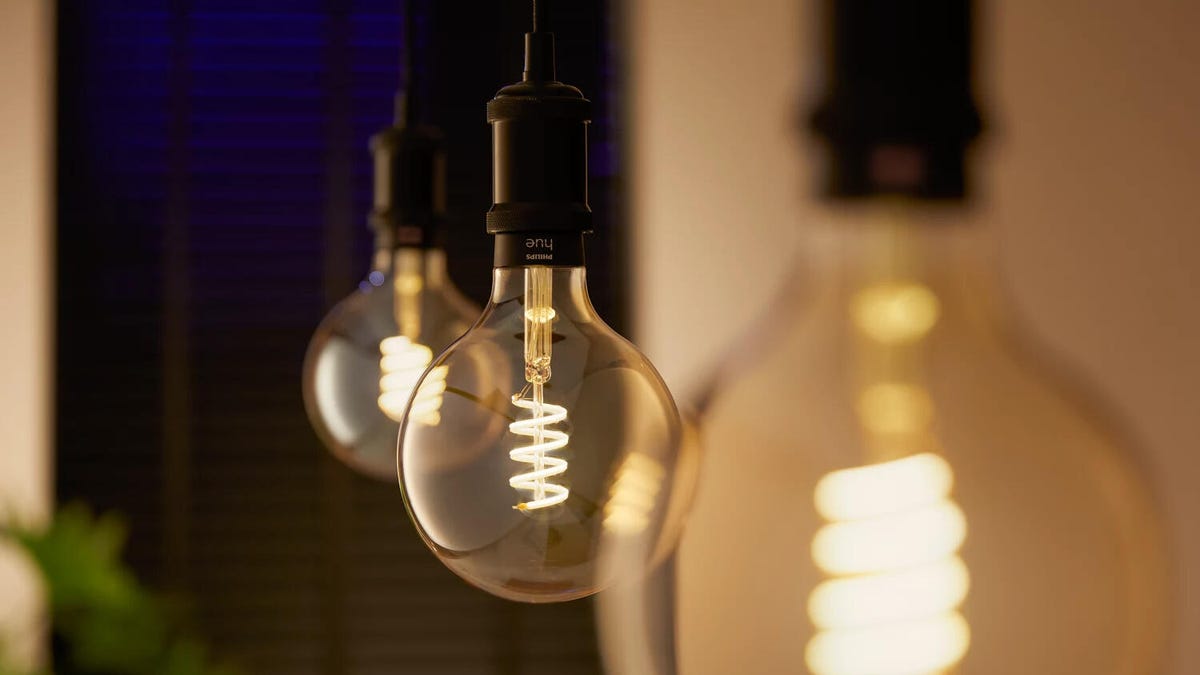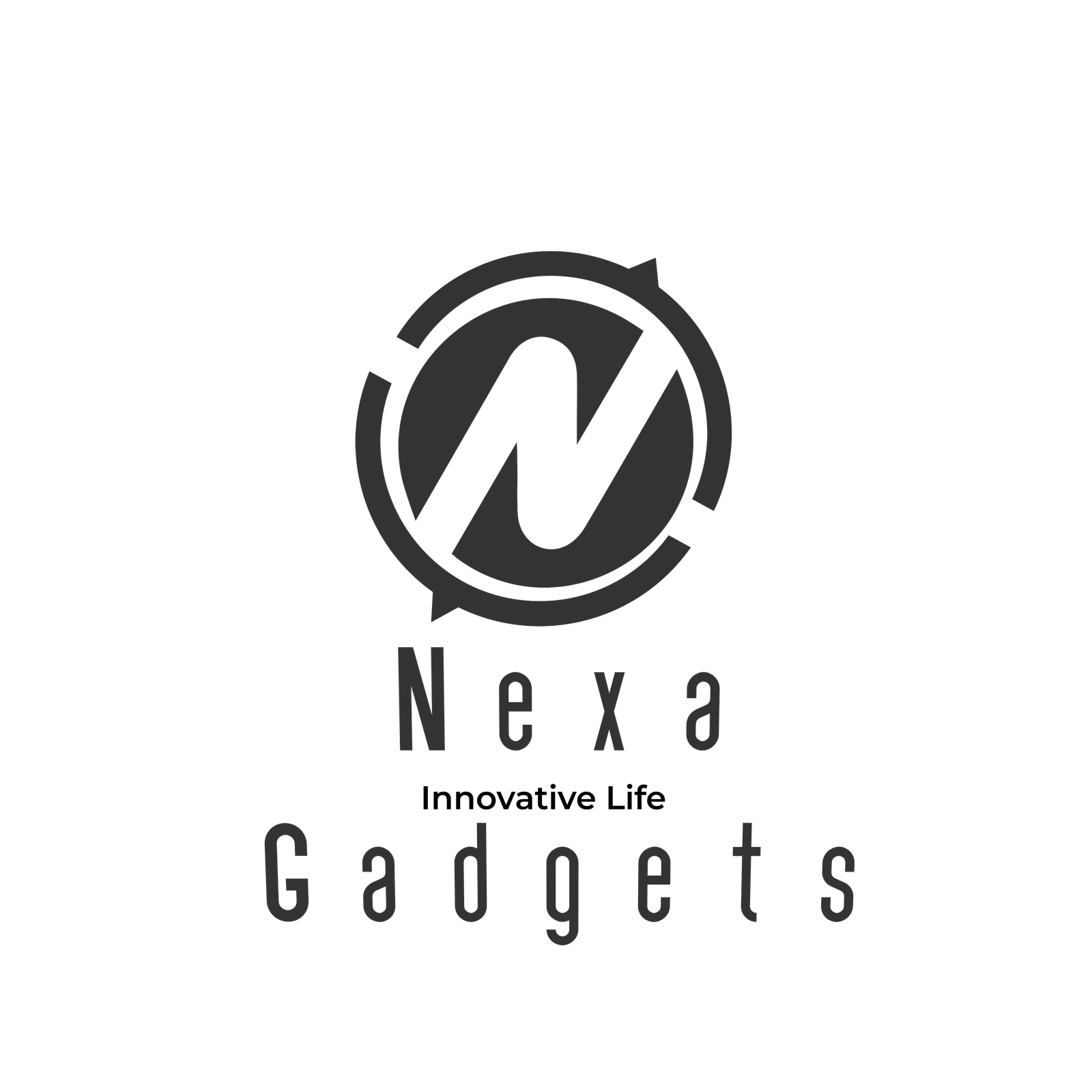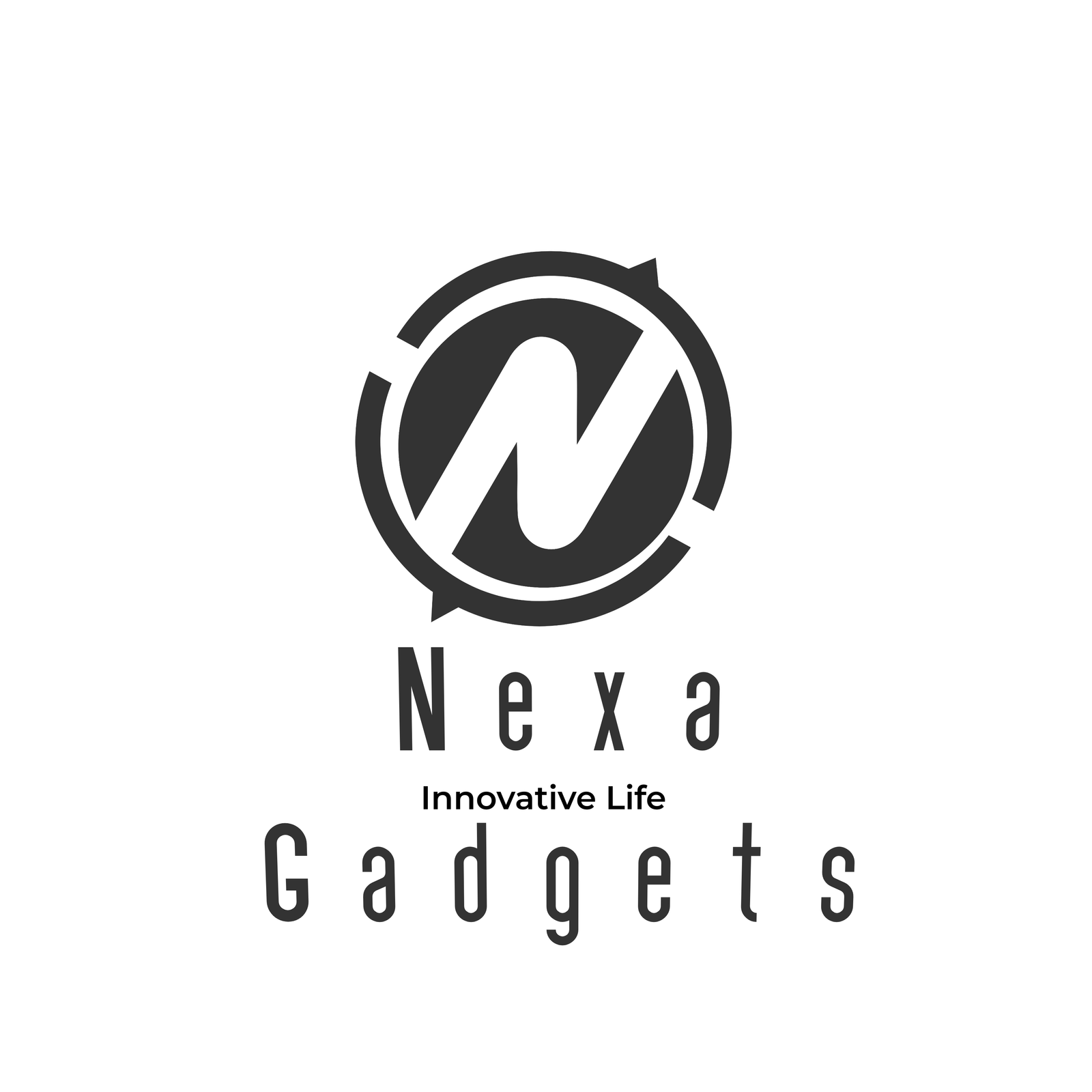
Upgrading to Smart Lights? Here Are 6 Tips for Buying the Perfect Bulbs
Do you know that setting up to close your lights when you don’t need them can save important cash on your monthly energy bills? And converting to LED lights, which uses only one part of old incandescent lights, can save up to 525 each year. Department of Energy. Both benefits are found in smart lights, which give you a detailed app on your home new, lasting LED lights.
Smartlights help domestic hovering with a cheap addition to the smart home world, which is easy to stay. But if this is your first time, you will not be sure where to start with all smart lights and bulbs options available. No problem – I have tips and recommendations to tighten your search and find perfect smart lighting.
1. Set your budget
Smart bulbs are cheap, support many voice assistants and have many entertainment tricks.
First, the Good News: Unlike Pricey Smart Home Devices, smart lights are very cheap, and you probably don’t need to spend $ 50 or less. You don’t need to change every light in your home (unless you really want to be), so you just need one to four smart lights to start. And these products are much cheaper than ever. The cheapest smart bulb costs only $ 10, while the large flood light bulb is usually just $ 10 to $ 30. Even the smart light switches depend on the type of choice, starting from about $ 30 to 40. Which brings me the next important question.
Read more: Best Home Security Camera with Flood Lights
2. Decide whether you need a smart bulb or smart switch
Smart switch lights do Better work better you can easily change.
Smart switch is very different from smart technology bulbs. Smart switches convert your physical switch to the wall with a new version. This allows you to keep your old lights, which you have a chandelier or pendant lighting if you don’t have a smart bulb easily.
Switches can often connect remote control apps to apps, but they include unique abilities, such as feeling the presence in the room so that they are automatically turned on, or sensing the intestinal light so that they can turn on when the light is low. If your lights are compatible, most of them also have dim capabilities.
Smart switches are more expensive and work a lot to install than the smart bulbs. The best fit depends on the situation in your home light, so take some time to think about what lights you have. There is also a great opportunity for close selection.
3. Choose specific light locations which will make the most difference
Smart lights make a big difference in especially the right places.
As I said, not every light needs to be a smart light in your home. My open floor plan room has a smart bulb in my two lamps and smart flood lights and I’m looking to install the outdoor version in my porch. It’s enough for me, and you can only get results with one or two.
Smart lights work excellent in simple places, as a key tone lights or as a basic light in a room. Ordinary favorite places include entry paths, bedroom lamps, lights above a living room, hallway lights, din lights, small little little little little little little little little little little little little little small small small small small small small spaces.
4. Check your socket size and space
The size of the socket and the bulb shape needs to match your current light situation.
With narrowing your smart light selection at the right places, it is time for you to test your socket and note what kind of bulb you need (unless you set on a smart switch). It is often easy: most of the home use the bulb E26 base, which is a standard screw in socket. There are also other bases like E12, but it is usually very small for smart properties, so the E26 base is usually essential.
Then you have to check how much space will be in the bulb, especially if it is a small light or in a small lamp. The Classic American bulb form is called A19, and it is easy to find a cheap smart bulb in this size. The standard flood light format is called BR3, but some bulbs are slightly larger and each flood light cannot fit in the space, so it pays to double check.
5. Decide whether you want color changing lights
Colorful smart bulbs can be far more useful than you think.
Many smart lights come in color, which means that in addition to the white and brightness surface, you can convert color, well, into any shade, considering that apps offer millions of color options. I personally am a huge fan of the option to replace the colors, from creating mode lighting on demand, from the holiday to preparation, or from the light reaction, such as reding the lights when the household security sensor is finished.
Color changing capabilities usually do not cost much than white lights (for my top smart bulb picks, the difference is just $ 2) but offer a lot of abilities. Even if you decide that you don’t need colorful options, think about getting light with color Temperature Changes, which means a white light can be warm or cold as you need.
6. Decide the added things like music synchronization
Guavi’s permanent lights can be the best solution for some homeowners.
Are you interested in playing with additional features that can be useful when entertaining or automating your lights? If you are looking for the fastest, extremely smooth experience, you don’t have to worry about these features.
However, if you like the ideas of interesting methods, find settings like sunrise/sunset, which imitates sunrise and sunset (offered by brands such as Wes) or sync of music, which connects lights to music, with many other brands). There is a lot to try if you want to experience.
7. Plan the Lighting Schedule
Think about the system you want to set for your smart lights.
Now it’s time to buy your smart lights or switches, which you can easily find online or in many home improvement stores. As I mentioned, setup is easy and it includes screwing the bulb, downloading the app and connecting the bulb to your Wi -Fi so you can overcome it. This section only takes a few minutes, but when you are ready, you would like to think about setting the right schedule of light.
Although there are bulbs scenes and looks that transmit color and brightness into a specific setting, you can also create automated schedules that do at certain times. If it is useful, for example, you get up early for work or run when it is still dark and you want the light like the Bulb of the entryway to turn on a certain time without awakening the whole house for you. Or maybe you want to save more energy to close the morning, or to close the morning after leaving for each work or school.
If you already have smart home devices such as smart speaker ($ 50 to $ 100), you can also plan to create a home routine, so the lights also react to other situations, such as the alarm closes, or you can easily control them with the sound assistants.
Now that you’ve seen how easy it is to select your smart lights, check my guide about the best smart plugs and smart home devices that I can’t stop using to learn more than this year.








Add comment
You must be logged in to post a comment.